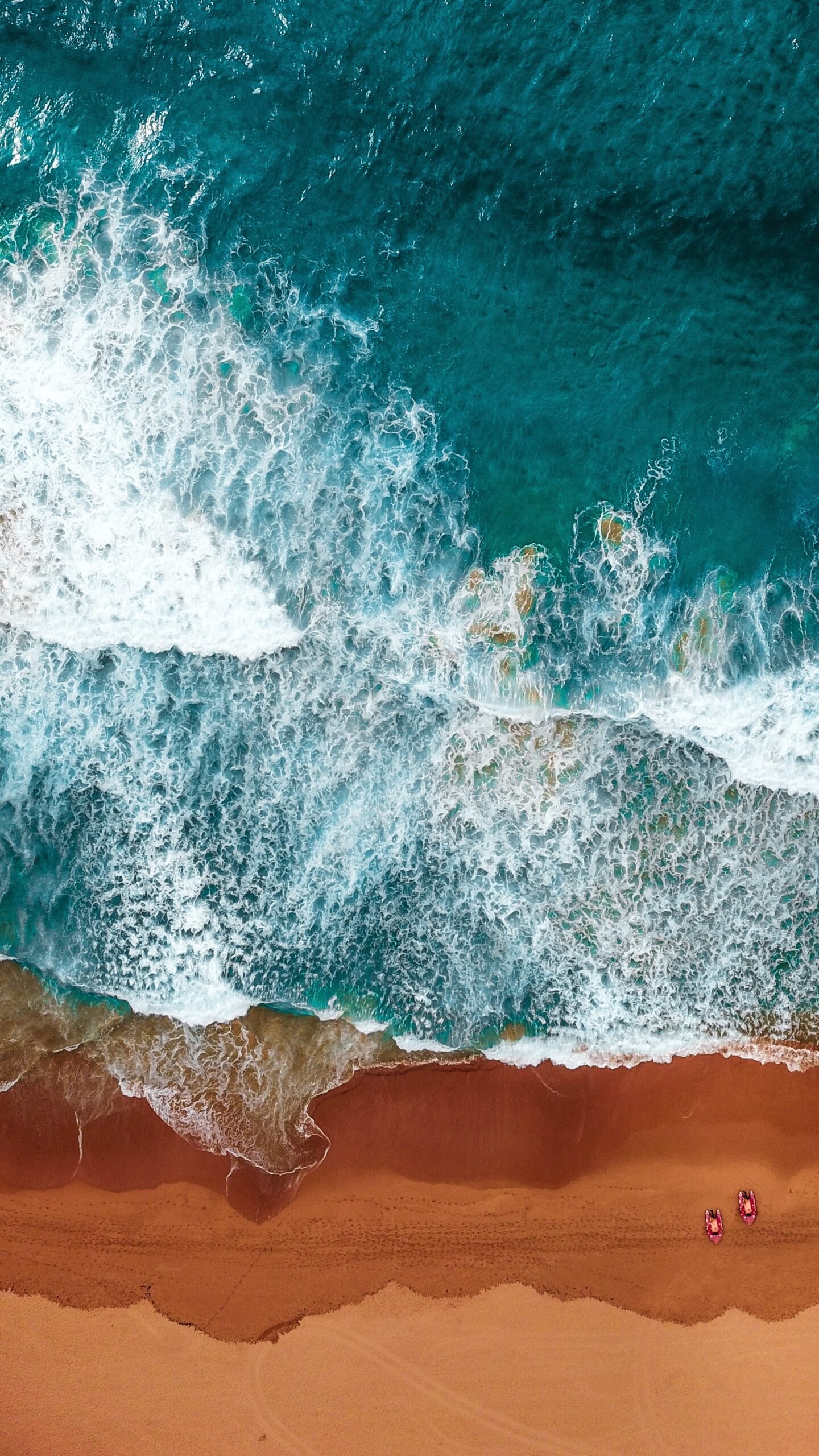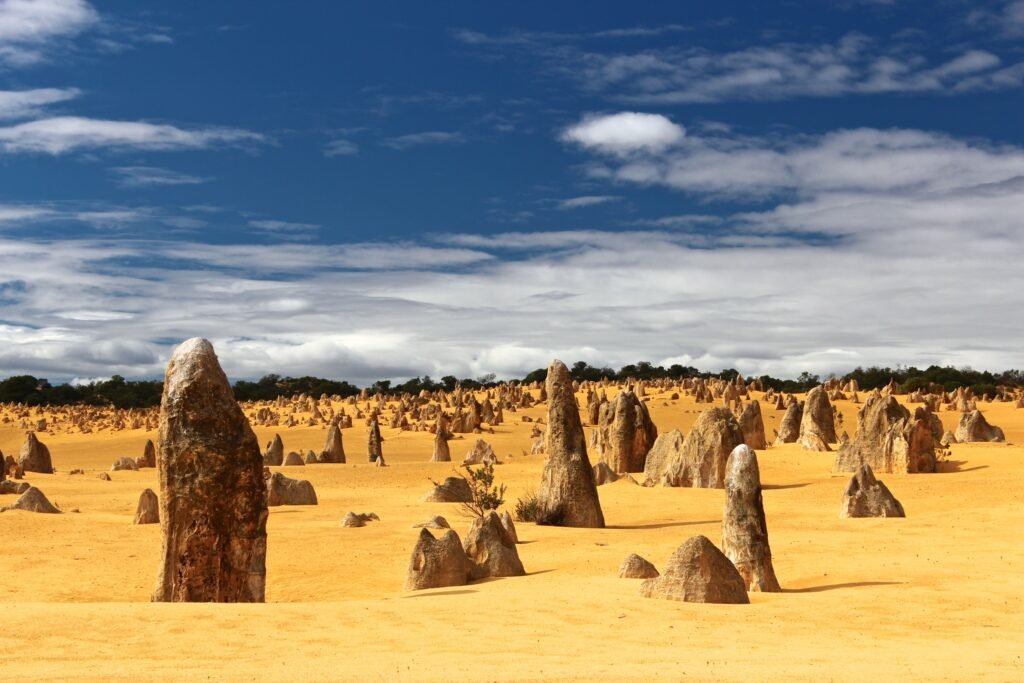

Planning a camping trip in Australia? As you embark on this exciting adventure, it’s important to be aware of the potential presence of snakes in the wild. While encountering a snake can be a thrilling experience, it’s essential to prioritize your safety. In this article, we will explore some snake safety tips that will help you navigate the Australian wilderness with confidence. From identifying venomous species to understanding their behavior, these tips will equip you with the knowledge you need to ensure a safe and enjoyable camping experience. So, pack your bags, lace up your hiking boots, and let’s dive into the world of snake safety in Australia! Yes, camping in Australia can be an exciting and memorable experience, but it is important to be aware of the potential dangers that come with it, particularly the presence of snakes. Australia is home to many species of snakes, both venomous and non-venomous. In this comprehensive article, we will explore the different types of snakes in Australia, their behavior, how to prepare for snake encounters, safety equipment to consider, how to identify venomous snakes, how to avoid snake encounters, what to do if you come across a snake, first aid for snakebites, safety tips for sleeping, and safety tips for children. By understanding and taking appropriate precautions, you can ensure a safe and enjoyable camping experience in Australia.


Types of Snakes in Australia
Venomous Snakes
Australia is famously known for its deadly and venomous snakes. Some of the most venomous snake species in the world can be found in this country. The venomous snakes commonly found in Australia include the Eastern Brown Snake, Inland Taipan, Coastal Taipan, Tiger Snake, Mulga Snake, Death Adder, Copperhead, and Red-bellied Black Snake. It is crucial to be able to identify these venomous snakes to avoid any potential harm.
Non-venomous Snakes
While it is important to be cautious of venomous snakes, it’s worth noting that the majority of snakes in Australia are non-venomous and pose no threat to humans. Some common non-venomous snake species you might encounter while camping include the Carpet Python, Diamond Python, Black-headed Python, Children’s Python, and the Green Tree Snake. These snakes are generally harmless and can even be beneficial as they help control rodent populations.
Understanding Snake Behavior
Nocturnal vs Diurnal
Snakes can be classified as either nocturnal or diurnal, based on their activity patterns. Nocturnal snakes are most active during the night, while diurnal snakes are active during the day. Understanding the behavior of snakes in relation to their activity patterns can help you anticipate their movements and avoid potential encounters.
Hibernation
During colder months, many snakes in Australia go into a state of hibernation to conserve energy. Hibernation plays a crucial role in their survival. Knowing when snakes are likely to be in hibernation can help you plan your camping trips during safer seasons when encounters with snakes are less likely.
Thermoregulation
Snakes, like other reptiles, are ectothermic creatures, meaning they rely on external sources of heat to regulate their body temperature. Snakes often seek out warm areas to bask in the sun, such as rocks or open spaces. Understanding their thermoregulation behavior can help you identify potential hotspots where snakes may be found.
Hiding Places
Snakes are skilled at finding hiding places to seek shelter and protection from predators. This includes areas such as hollow logs, rock crevices, brush piles, and under vegetation. Being mindful of these hiding places can help you avoid unintentionally disturbing or encountering snakes during your camping trip.
Territorial Behavior
Snakes, particularly males during the breeding season, can exhibit territorial behavior. They might defend an area against intruders, including humans. It is important to respect their territory and be cautious when exploring unfamiliar areas, especially during breeding seasons.
Preparing for Snake Encounters
Researching the Area
Before embarking on a camping trip in Australia, it is essential to research and familiarize yourself with the specific snakes found in that region. Different snakes inhabit different parts of the country, so knowing the local snake population will help you better prepare.
Checking Weather Conditions
Weather conditions can impact snake behavior. Snakes are more likely to be active during warmer weather, particularly in the early morning and late afternoon. Additionally, heavy rainfall can displace snakes from their regular habitats. Keeping an eye on weather forecasts can help you plan accordingly and be aware of potential snake activity.
Campsite Selection
When choosing a campsite, avoid areas known to be habitats for snakes, such as tall grasses and dense vegetation. Look for open spaces free of clutter and debris. Avoid setting up camp near potential hiding spots, such as fallen logs or rock piles.
Setting up Camp
When setting up your campsite, take precautions to minimize potential snake encounters. Keep tents and sleeping areas away from potential snake hiding places, and inspect the area for any signs of snake activity before pitching your tent. Clear away any debris, rocks, or brush that may attract snakes.
Educating Campers
It is essential to educate all campers, especially children, about snake safety. Teach them how to identify the different types of snakes, what to do if they encounter a snake, and the importance of keeping a safe distance. Encourage campers to report any snake sightings to adults immediately.
Snake Safety Equipment
Snake Gaiters
Snake gaiters are specialized protective coverings worn over the lower legs and ankles to prevent snake bites. They are made from durable materials and provide an extra layer of defense against snake fangs.
Snake Bite Kits
Snake bite kits typically consist of items such as bandages, alcohol swabs, and extraction devices. While these kits can be useful in providing initial aid, it is important to note that professional medical attention should always be sought in case of a snakebite.
Snake Hooks
Snake hooks are long-handled tools with a curved end that allows you to handle snakes safely from a distance. They are commonly used by snake handlers to move and control snakes without risking harm to themselves or the snake.
Emergency Communication Devices
Carrying emergency communication devices, such as satellite phones or personal locator beacons, can be crucial in case of a snakebite or any other emergency situation. These devices allow you to call for help even in remote areas with no cellular reception.


Identifying Venomous Snakes
Color Patterns
The color patterns of snakes can vary greatly among different species. However, some venomous snakes in Australia may have distinct coloration, such as the Eastern Brown Snake’s uniform brown color or the Red-bellied Black Snake’s distinctive black color with a red belly. Familiarize yourself with the typical coloration of venomous snakes in the region you are camping in.
Head Shape
The shape of a snake’s head can provide clues about its venomous nature. Venomous snakes, such as the Inland Taipan and the Death Adder, typically have a triangular-shaped head, while non-venomous snakes generally have a more rounded head.
Pupil Shape
Another characteristic to look for is the shape of the snake’s pupils. Venomous snakes often have elliptical or slit-like pupils, similar to a cat’s eye. Non-venomous snakes usually have round pupils.
Tail Characteristics
The tail characteristics of a snake can also help differentiate venomous from non-venomous species. Venomous snakes often have shorter and thicker tails, while non-venomous snakes usually have longer and thinner tails.
Behavioral Cues
Observing the behavior of a snake can provide further clues about its venomous nature. Venomous snakes tend to exhibit defensive behaviors when threatened, such as coiling up, hissing, or shaking their tails. Non-venomous snakes are more likely to flee or remain calm when encountering humans.
Avoiding Snake Encounters
Staying on Trails
When hiking or exploring, it is important to stick to designated trails and paths. Avoid venturing into tall grass, thick underbrush, or rocky areas where snakes may be hiding. Staying on trails minimizes the chances of accidentally stumbling upon a snake.
Keeping Campsites Clean
Maintaining a clean campsite is essential in reducing the attraction of snakes. Snakes may be drawn to campsites that have food scraps, trash, or other potential food sources. Dispose of garbage properly and keep food items securely stored to discourage snakes from approaching the area.
Securing Food and Trash
Properly store food and trash in sealed containers to prevent the scent from attracting snakes and other wildlife. Consider using odor-proof or bear-resistant containers designed to keep food secure and minimize the risk of attracting unwanted visitors, including snakes.
Avoiding Tall Grass and Rocks
When moving around your campsite or exploring the surrounding area, be mindful of tall grasses and rocks, as these are common hiding places for snakes. Steer clear of these areas and keep an eye out for any signs of snake activity, such as shed skin or snake tracks.
Being Mindful at Water Sources
Snakes are often attracted to water sources, so exercise caution and be alert when near rivers, lakes, or other bodies of water. Look out for signs of snakes, such as disturbed vegetation or a snake-like shape in the water, before approaching or swimming.


Reacting to Snake Encounters
Stay Calm
If you come across a snake, it is important to remain calm. Panicking can increase the risk of making sudden movements that may startle the snake and provoke an aggressive response. Take deep breaths, stay composed, and try to assess the situation calmly.
Keeping Distance
Maintain a safe distance from the snake. Most snakebites occur when individuals attempt to handle or kill the snake. Give the snake space and respect its territory. Remember, it is the snake’s natural environment, and we are the visitors.
Do Not Attempt to Capture or Kill
Regardless of whether you believe the snake to be venomous or non-venomous, it is strongly advised not to try to capture or kill the snake. Snakes serve important roles in ecosystems and should be left undisturbed. Attempting to capture or kill a snake unnecessarily puts you at risk and may harm the snake.
Backing Away Slowly
When encountering a snake, slowly and calmly back away from it. Avoid sudden movements or turning your back on the snake, as this may trigger a defensive reaction. Maintain eye contact while slowly creating distance between you and the snake until you are a safe distance away.
Seeking Medical Help
If you or someone in your camping group is bitten by a snake, it is crucial to seek immediate medical assistance. Call emergency services or activate your emergency communication device. Provide them with specific details about the snake species, if possible, to help medical professionals provide appropriate treatment.
Snakebite First Aid
Assessing the Bite
If bitten by a snake, it is crucial to assess the bite and the severity of the situation. Look for fang marks, swelling, and any signs of envenomation. Stay calm and immobilize the affected limb to minimize the spread of venom.
Applying Pressure Bandage
Apply a pressure bandage over the bite site to restrict the flow of venom. Start from the point of the bite and wrap the bandage firmly, but not too tight, towards the body. Creeping immobilization bandages are recommended for effective pressure application.
Immobilization
Once the pressure bandage is applied, immobilize the affected limb using a splint or any available materials, such as sticks or bandages. Immobilization helps slow down the spread of venom and reduce the impact on vital organs.
Monitoring Vital Signs
While waiting for medical assistance, closely monitor the vital signs of the bitten individual, such as pulse, breathing, and consciousness. Be prepared to administer CPR or other necessary first aid measures if their condition worsens.
Seeking Medical Assistance
Snakebites can have severe consequences, even if the snake is non-venomous. It is essential to seek medical assistance as soon as possible, regardless of whether you believe the snake to be venomous or not. Medical professionals can properly evaluate the situation and administer appropriate treatment.


Snake Safety Tips for Sleeping
Choosing Appropriate Sleeping Areas
When camping in areas known to have snakes, it is important to choose appropriate sleeping areas. Avoid sleeping directly on the ground, as snakes can easily access tents or sleeping bags. Instead, use raised camping cots or sleeping platforms to elevate yourself off the ground.
Inspecting Tents and Sleeping Bags
Before settling down for sleep, thoroughly inspect your tent and sleeping bags for any signs of snakes or other wildlife. Look for openings or tears that could allow a snake to enter. Shake out sleeping bags and bedding to dislodge any hidden snakes or insects.
Shaking Out Beddings
Shake out any beddings, clothing, or towels before use to ensure no snakes or spiders have sought refuge in them. Be thorough, especially when reaching into storage areas or using items that have been left undisturbed for an extended period.
Using Sealed Storage for Gear
To prevent snakes from seeking shelter in your camping gear, store it in sealed containers or bags whenever possible. This minimizes the likelihood of snakes or other critters using your belongings as shelter or hiding spots.
Wearing Protective Clothing
When sleeping or relaxing around the campsite, consider wearing protective clothing such as long pants, long-sleeved shirts, and closed-toe shoes. This can provide an extra layer of protection against potential snake bites.
Snake Safety Tips for Children
Supervision and Education
Ensure that children are supervised at all times during camping trips and educate them about the risks and safety measures associated with snakes. Teach them to respect wildlife and avoid approaching or touching snakes.
Appropriate Footwear
Children should wear closed-toe shoes or boots while camping to protect their feet from potential snake bites. Avoid sandals or open-toe shoes, as they provide minimal protection against snake fangs.
Teaching Avoidance Techniques
Educate children about techniques to avoid snakes, such as staying on trails, keeping a safe distance, and not hiding or reaching into potential snake hiding places. Encourage them to be vigilant and report any sightings to adults immediately.
Identifying and Reporting Sightings
Teach children how to identify different snake species, especially venomous ones, and encourage them to report any snake sightings to adults promptly. This information can help adults assess the situation and take appropriate precautions.
Emergency Procedures
Instruct children on emergency procedures in case of a snakebite. Teach them how to call for help using emergency communication devices, administer basic first aid techniques, and stress the importance of not trying to handle or capture snakes on their own.
Camping in Australia can be a thrilling and rewarding experience, but it is essential to be aware and prepared for snake encounters. By understanding snake behavior, taking necessary precautions, and being equipped with the right knowledge and safety equipment, you can minimize the risk of snake encounters and ensure a safe and enjoyable camping trip. Remember, snakes are a vital part of the Australian ecosystem, and respecting their presence is crucial for coexisting harmoniously with nature. With the right precautions and awareness, you can enjoy the beauty of Australia’s wilderness while staying safe from potential snake encounters.


Leave a Reply